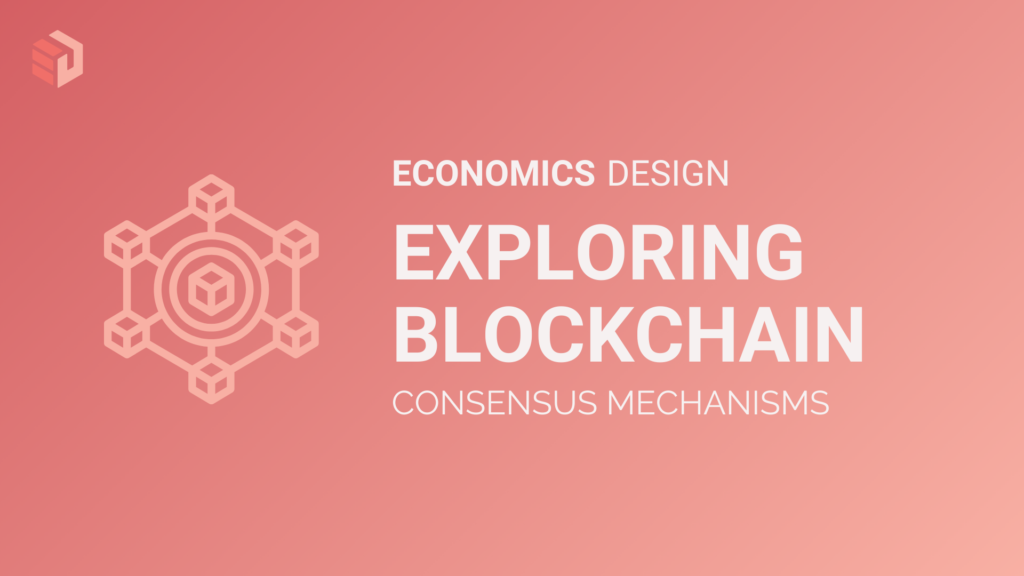
Blockchain technology has revolutionized the way we approach decentralized systems, enabling secure, transparent, and tamper-proof transactions.
One of the key components of blockchain systems is the consensus mechanism, which ensures the security and reliability of the network.
In this blog post, we will delve into the various consensus mechanisms that power the most innovative blockchain platforms, providing a comprehensive understanding of their underlying principles and significance.
Proof of Work (PoW)
Proof of Work (PoW) is the most widely recognised consensus mechanism, initially introduced by Satoshi Nakamoto in the context of Bitcoin.
In PoW, nodes compete to solve a complex mathematical problem, and the first node to find a solution is rewarded with a certain amount of cryptocurrency. This process, known as mining, not only validates transactions but also serves as a mechanism for securing the network and preventing manipulation.
Proof of Stake (PoS)
Proof of Stake (PoS) is an alternative consensus mechanism that offers a more environmentally friendly and energy-efficient solution to transaction validation.
In PoS, nodes stake a certain amount of their own cryptocurrency as collateral, and their voting power is determined by the size of their stake. Nodes with larger stakes have a higher probability of being selected to validate transactions, which reduces energy consumption and promotes network stability.
Delegated Proof of Stake (DPoS)
Delegated Proof of Stake (DPoS) is a variation of PoS that introduces an additional layer of complexity and decentralisation.
In DPoS, users delegate their voting power to a group of trusted nodes, known as delegates. These delegates are responsible for validating transactions and securing the network, and users receive rewards based on their delegation. This system allows users to participate in the network without directly running a node, making it more accessible and scalable.
Practical Byzantine Fault Tolerance (pBFT)
Practical Byzantine Fault Tolerance (pBFT) is a consensus mechanism that aims to provide high throughput and low latency in blockchain systems.
pBFT uses a combination of techniques, such as the View-Change protocol, to achieve fault tolerance and maintain network security. This approach allows for faster transaction processing times and reduced resource consumption, making it an attractive option for applications requiring high performance and scalability.
Other Notable Consensus Mechanisms
In addition to the aforementioned mechanisms, there are several other consensus mechanisms that have been proposed or implemented in various blockchain platforms. These include:
- Proof of Importance (PoI): PoI is a consensus mechanism that evaluates the importance of transactions and nodes based on their impact on the network. It aims to prioritize transactions and allocate resources more efficiently.
- Proof of Activity (PoA): PoA is a consensus mechanism that rewards users based on their engagement with the network, such as participating in transactions, staking tokens, or running a node. This approach encourages active participation and promotes network stability.
- Proof of Burn (PoB): PoB is a consensus mechanism that incentivizes the destruction of a cryptocurrency’s supply by burning tokens, reducing the total supply and potentially increasing their value. This approach can be used to control inflation and manipulation in decentralized economies.
Conclusion
Blockchain consensus mechanisms are the lifeblood of decentralised systems, ensuring security, stability, and scalability in blockchain networks. By understanding the various consensus mechanisms and their underlying principles, we can better appreciate the innovation and potential of blockchain technology to revolutionise the way we approach various industries and applications.
As the field of blockchain continues to evolve, the development and refinement of consensus mechanisms will play a crucial role in shaping the future of decentralised systems and digital economies.
